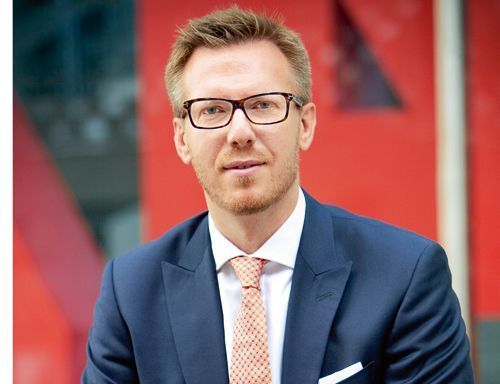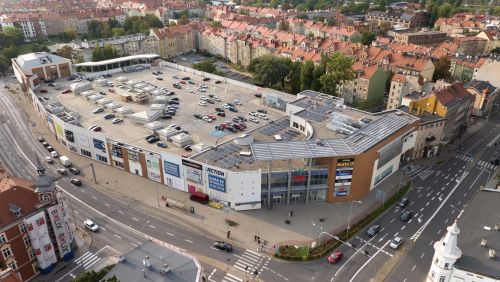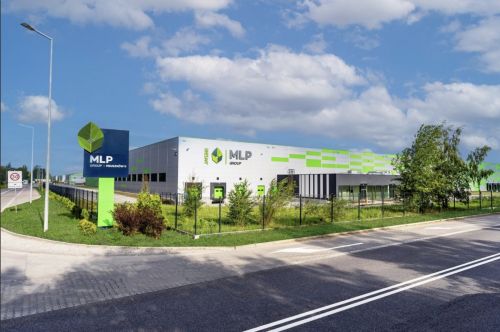Empty offices in the capital of Poland currently make up as much as 14.1 pct of the city’s total stock, according to the Polish Office Research Forum (PORF). This constitutes a y-o-y increase of 1.1 percentage points, but the growth dynamics in terms of vacancy is particularly noticeable when compared to the final quarter of 2015. From this perspective, the growth is almost 2 pct. This represents an area of app. 672,000 sqm of immediately available office space (growth of 100,000 sqm over one quarter). It was the completion of 113,000 sqm of offices in Q1 that was the main factor behind the sudden surge in the vacancy rate.
Analysts unconcerned
“In 2016 we are passing the peak of the supply wave in Warsaw. An office area of almost 280,000 sqm was completed last year, but this year it will be app. 480,000 sqm and next year there will be another 390,000 sqm. According to our forecasts, the supply peak will mean that vacancy will be pushed up to 16 pct by the end of this yea































































